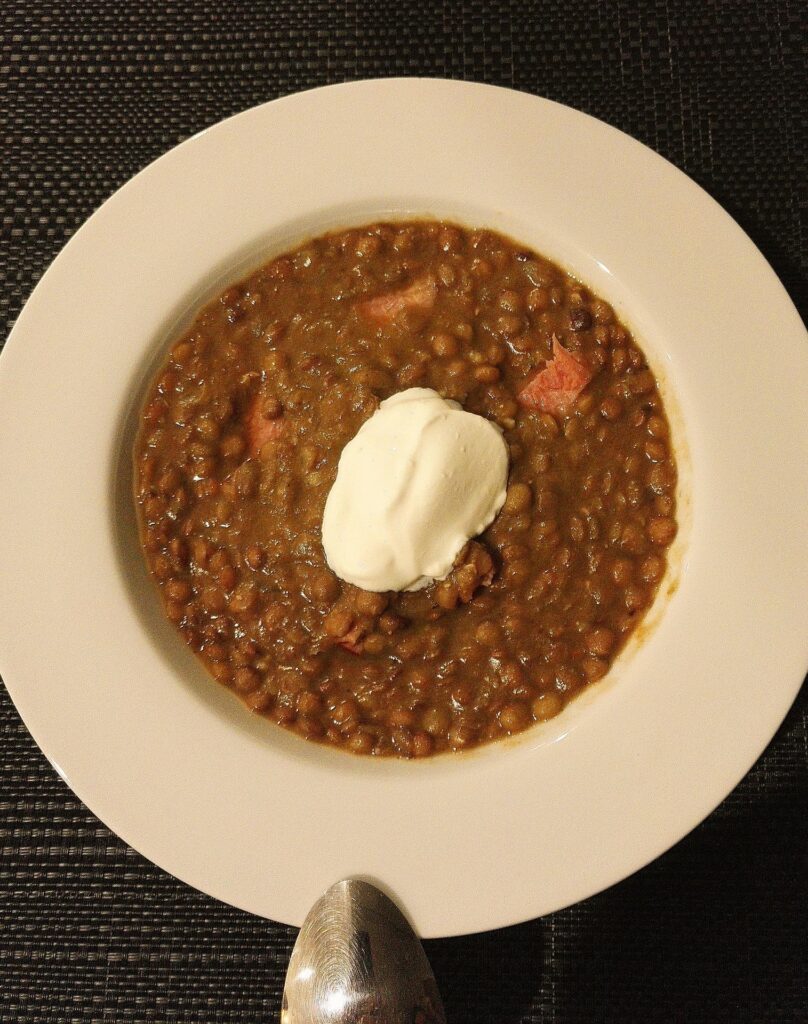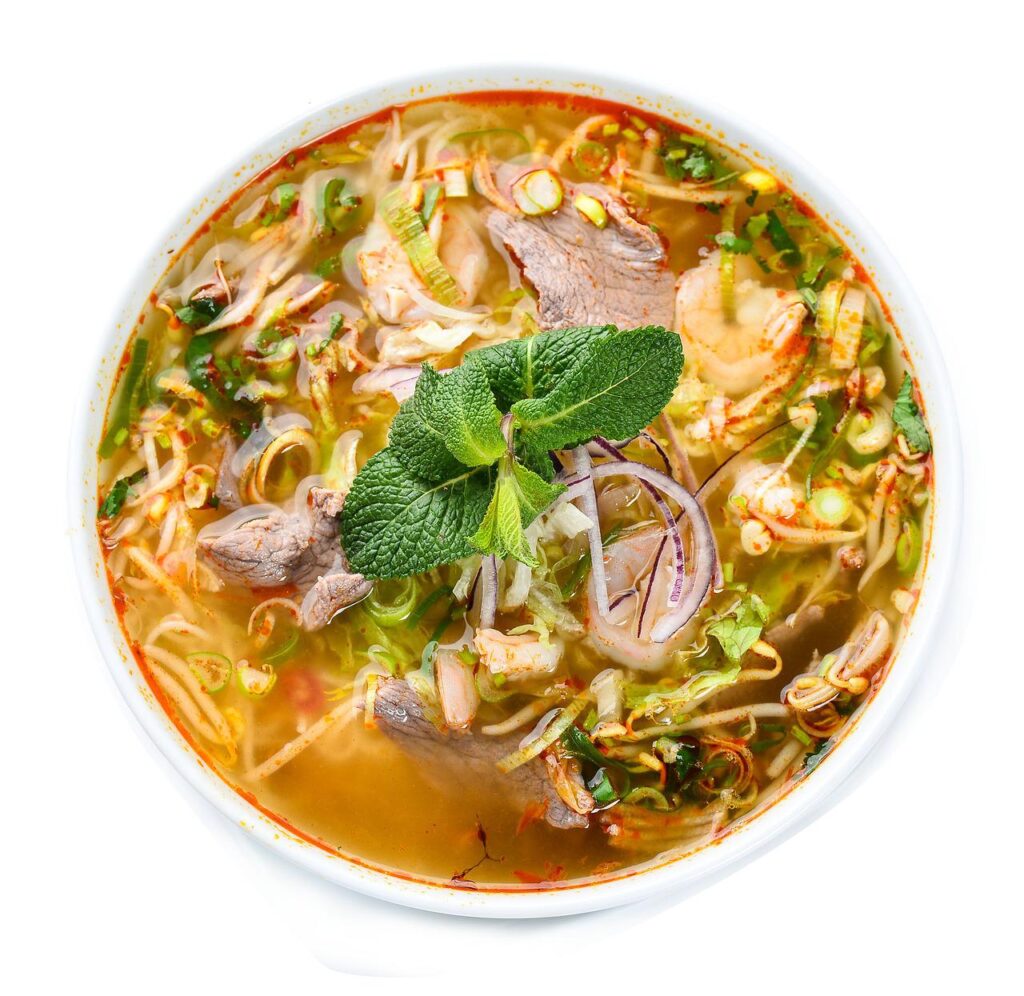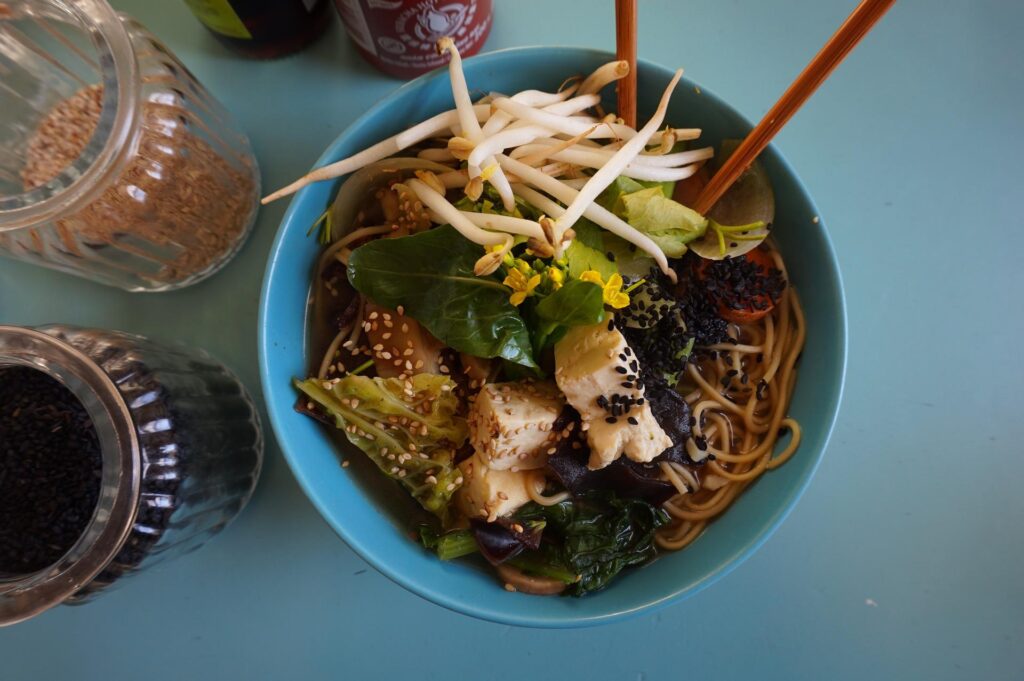A comprehensive guide on smoking and diet management
Smoking has become a trend these days. People tend to smoke just to look cool in front of their friends without even thinking of any health consequences. The habit which starts as a show off becomes a part of their lifestyle. And it becomes really difficult for them to neglect the craving for the nicotine. This leads to frequent smoking which can impact their life heavily. Hence smoking and diet need a discussion together.
Did you know that smoking affects their health as well as their loved ones? Well yes, smoking is injurious to the smoker and non-smoker around them. Let’s have a look at the health risks due to smoking!
What are risks of smoking to the smokers?
Well, there are many health problems caused by the smoking including death.
- Smoking harms nearly every bodily organ in the organ system of the body and diminishes a person’s overall health. It causes cancers of the lung, esophagus, larynx, mouth, throat, kidney, bladder, liver, pancreas, stomach, cervix, colon, and rectum, as well as acute myeloid leukemia.
- It also causes heart disease, stroke, aortic aneurysm (a balloon-like bulge in an artery), chronic obstructive pulmonary disease (COPD), diabetes, osteoporosis, rheumatoid arthritis, age-related macular degeneration, and cataracts, and worsens asthma symptoms in adults.
- Smokers are also at a higher risk of developing pneumonia, tuberculosis, and other airway infections. In addition, smoking causes inflammation and impairs immune function.
- Smoking for female makes it harder to get pregnant. Also, a pregnant smoker is at a higher risk of miscarriage, having an ectopic pregnancy, having her baby born too early and with an abnormally low birth weight, and having her baby born with a cleft lip and/or cleft palate. Moreover, a woman who smokes during or after pregnancy increases her infant’s risk of death from Sudden Infant Death Syndrome (SIDS).
Note: The longer a smoker’s duration of smoking, the greater their likelihood of experiencing harm from smoking, including earlier death.
What are the risks of smoking to nonsmokers?
Non-smokers are also know as secondhand smoker who consumes smoke by the combination of “side-stream” smoke (the smoke given off by a burning tobacco product) and “main-stream” smoke (the smoke exhaled by a smoker).
- Inhaling secondhand smoke can cause lung cancer in nonsmoking people.
- Secondhand smoke causes disease and premature death in nonsmoking adults and children.
- Exposure to secondhand smoke irritates the airways and has immediate harmful effects on a person’s heart and blood vessels. It increases the risk of heart disease by an estimated 25 to 30%.
- Pregnant women exposed to secondhand smoke are at increased risk of having a baby with a small reduction in birth weight.
- Children exposed to secondhand smoke are at an increased risk of SIDS, ear infections, colds, pneumonia, and bronchitis. Secondhand smoke exposure can also increase the frequency and severity of asthma symptoms among children who have asthma.
Role of diet in quitting smoking:
Did you know that diet can be beneficial in quitting smoking? Well yes, it plays a major role. Here are some examples for you.
When you’re trying to quit, what you choose to eat can help you stay the course. There are some foods that can increase your chances of staying smoke free for good and some may make the habit harder to let go. Here’s what to eat and what to skip when you’re trying to stay smoke free.
Let’s first have a look at the foods that are beneficial in smoking cessation!
Fruits and vegetables: It is a well-known fact that cigarettes hinders the absorption of important nutrients. Such as calcium and vitamins C and D. And incorporating more fruits and vegetables into your diet will restore these nutrients and, as some research suggests may help with reducing cravings to smoke.
According to a study published in 2013 in the journal Nicotine & Tobacco Research, the researchers analyzed 1,000 smokers, they found that those who ate the most fruits and vegetables were 3 times more likely to have stayed smoke-free for at least the past 30 days compared with those who noshed on the least.

Ginseng/ginger Tea: Ginseng may be therapeutic for people with nicotine addiction. Because it may weaken the effect of dopamine that is associated with pleasure and is released when smoking tobacco. Thus, drinking ginseng tea could reduce the appeal of smoking and make it less enjoyable.

Milk and dairy: Smokers have reported that drinking milk made cigarettes taste worse or gives a bitter aftertaste. So, when you are facing a craving, consuming milk and other dairy products that make cigarettes taste bad might help deter smokers from cigarettes. If you feel a craving coming on, reach for a glass of milk instead of a cigarette.

Sugar-free gum and mints: Chewing gum and mints can keep your mouth busy when you have an urge to smoke.

Now, let’s first have a look at the foods that are worst for you in quitting smoking!
Coffee: Coffee contains caffeine which may stimulate the effects of cigarettes. If you’re trying to quit, it is best switching to tea for a week or two to help break your habit of smoking.

Alcohol: It is a common habit of smoking while drinking. These things are so intimately linked, people don’t even have to think about lighting a cigarette when they have a beer. It happens automatically. That’s why, always try to abstain from alcohol during your first smoke-free month as the risk of a smoking relapse is highest. After that, you can limit yourself to 1-2 drinks as having more than that can affect your craving for cigarette.

Here are few commonly asked questions to help you know better about smoking and its effects!
Did you know that smoking can affect your taste buds?
Yes, you heard it right. When you smoke, it supplies the brain with nicotine which alters and suppresses a smoker’s ability to taste flavours. In addition, the reduced oxygen supply from inhaling tobacco smoke also contributes to the dulling of flavour in the mouth.
Smoking cessation can help your sense of taste to return?
Complete cessation of smoke can help your taste buds as levels of nicotine in the body fall. It only takes few hours for nicotine to to be completely out of a person’s system and once the nicotine has left the body, food begins to taste better and flavours are more recognizable.
Did you know that heavy smoking can suppress appetite?
In suppressing a person’s appetite, nicotine play a major role in that. It is because of its effect on the brain and the central nervous system. The tar and carbon monoxide from the cigarettes can cause morbidities such as cancer, lung disease and coronary heart disease. That’s why, a healthy diet with different food groups is important for people’s health, and smoking cessation will increase your taste of a wider number of foods.
Can smoking affect sense of smell?
Yes, it can. Smoking irritates the nasal passage which can cause inflammation and impair your sense of smell.
Can smoking hinder nutrients absorption?
Smoking is an anti-nutrient. It affects the body’s ability to absorb a variety of vitamins and minerals. Vitamin and mineral absorption is diminished by nicotine, and is more likely to be drained from stores within the body. For instance, a single cigarette that is smoked robs the body of 25mg of vitamin C, which makes these people deficient in vitamin C (a powerful antioxidant). And smoking accelerates free radical production that damages tissues and organs. But because smokers have less vitamin C at their disposal to fight this free radical damage, they are more prone to illness than non-smokers. Smokers are also at a higher risk of osteoporosis because smoking affects the absorption of vitamin D, which is essential for the formation and maintenance of strong bones.
Can smoking cessation affect your body in a positive way?
Yes, it certainly can. Stopping smoking has a major positive impact on a person’s health, energy and fitness. It will be really difficult for you for the first few weeks of quitting due to withdrawal symptoms and learning to cope with strong urges to smoke. However, after 2-3 days the lungs are clear of carbon monoxide and by the end of day 3, your breathing should become easier, bronchial tubes begin to relax and energy levels increase. After stopping smoking your circulation will also improve.
How to deal with cigarette cravings?
It is very common to crave for a smoke after quitting it. These are after effects or withdrawal symptoms of cigarette quitting. Here are some tips for you to handle your cravings.
- Chew gum: Chewing a gum after a meal can be highly effective at reducing cravings for a cigarette. This is because the chewing action keeps your mouth busy and helps fight nicotine withdrawal.
- Eat raw fruits and vegetables: Eating a small amount of fruits and raw vegetables can help reduce cravings and limit weight gain as people tend to gain weight after quitting smoking. If fruits and vegetables are not working for you then you can opt for sugar-free sweets which can distract your cravings.
- Take deep breaths: Taking deep breaths can help you relax and keep your mind focused. You can find a quiet spot where you can relax, breathe deeply and have a cup of herbal tea to calm your nerves. This helps your heart rate to slow down and you should feel calmer.
- Give yourself 15 minutes: If you are craving for a smoke, then give yourself just 15 minutes for the cigarette craving to pass. You can read a book, listen to music, or watch a movie to distract yourself, play a game on your mobile phone, text a friend or go for a short walk. And before you know it, the craving will pass since they typically only last a few minutes.
If you are struggling shedding weight. You can talk to us by taking this assessment: Click here
For more information click here










